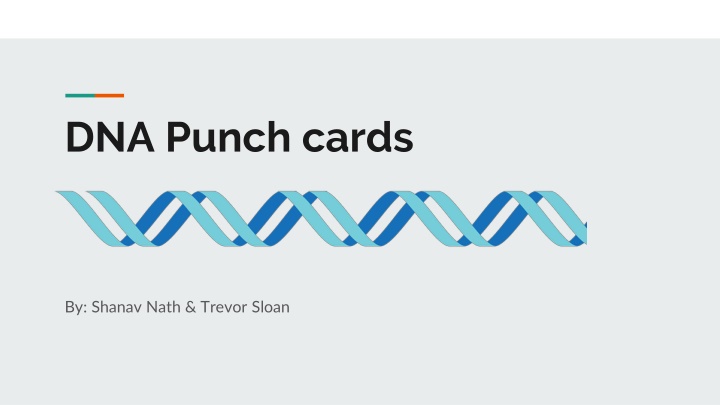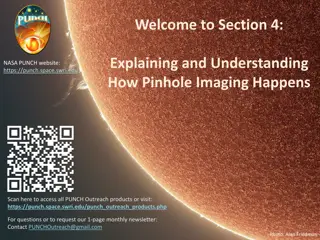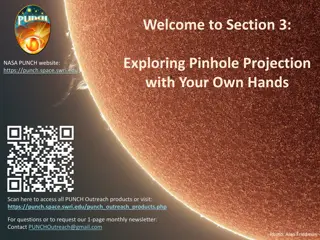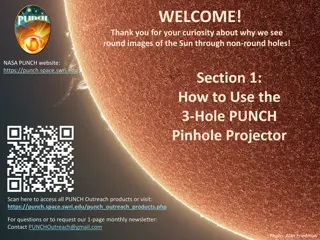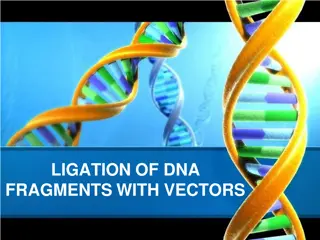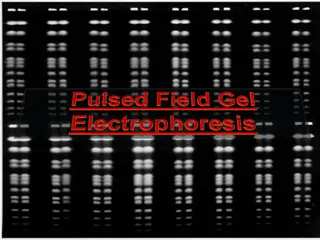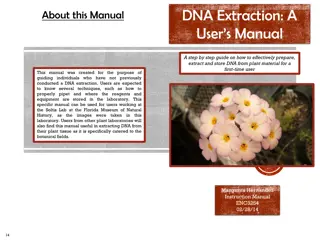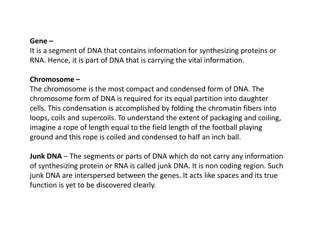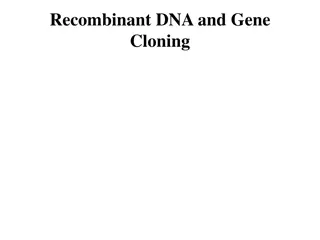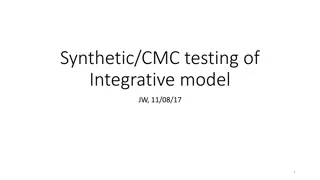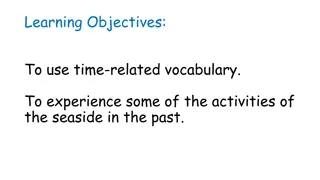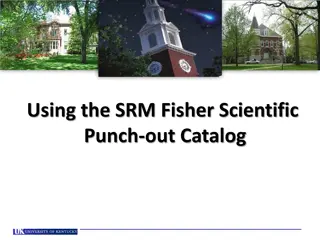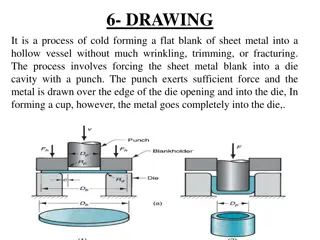DNA Punch Cards - Storing Data With Synthetic DNA
In the realm of data storage, DNA has emerged as a promising medium. This innovative approach involves punching data onto synthetic DNA, highlighting efficient storage and retrieval methods. The process includes converting DNA into single strands for sequencing and utilizing data compression techniques. Future developments explore the integration of MALDI plates and microfluidic devices with synthetic DNA, paving the way for advanced data handling solutions.
Download Presentation

Please find below an Image/Link to download the presentation.
The content on the website is provided AS IS for your information and personal use only. It may not be sold, licensed, or shared on other websites without obtaining consent from the author.If you encounter any issues during the download, it is possible that the publisher has removed the file from their server.
You are allowed to download the files provided on this website for personal or commercial use, subject to the condition that they are used lawfully. All files are the property of their respective owners.
The content on the website is provided AS IS for your information and personal use only. It may not be sold, licensed, or shared on other websites without obtaining consent from the author.
E N D
Presentation Transcript
DNA Punch cards By: Shanav Nath & Trevor Sloan
Prior Methods DNA-based storage systems currently all store data in synthetic DNA oligos Requires synthesizing strands with precise orderings of nucleotides DNA Fountain
Reading DNA first converted to single strands using high temperatures at the nicks The pieces are then converted to dsDNA to be sequenced Error-free as reads can always be aligned with the reference
Future Developments MALDI Plates Microfluidic Devices Use with synthetic DNA
